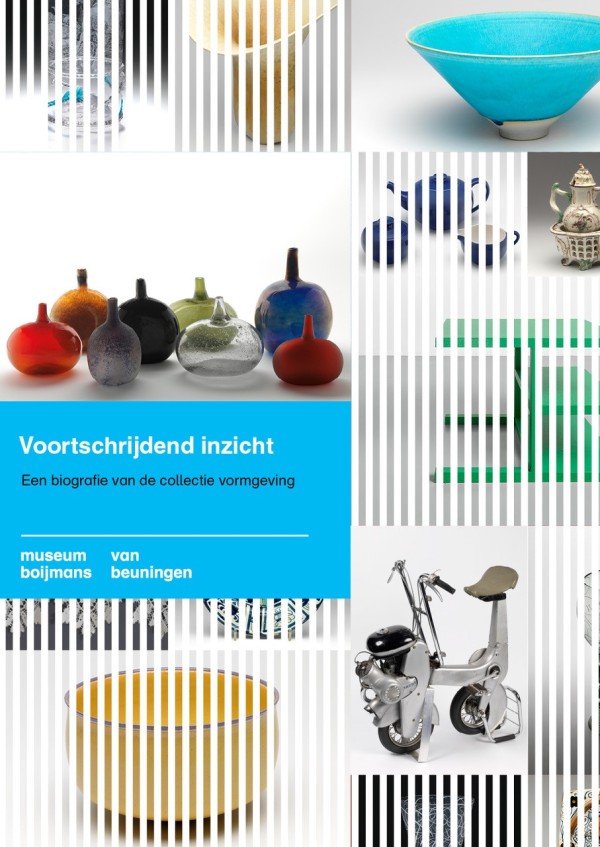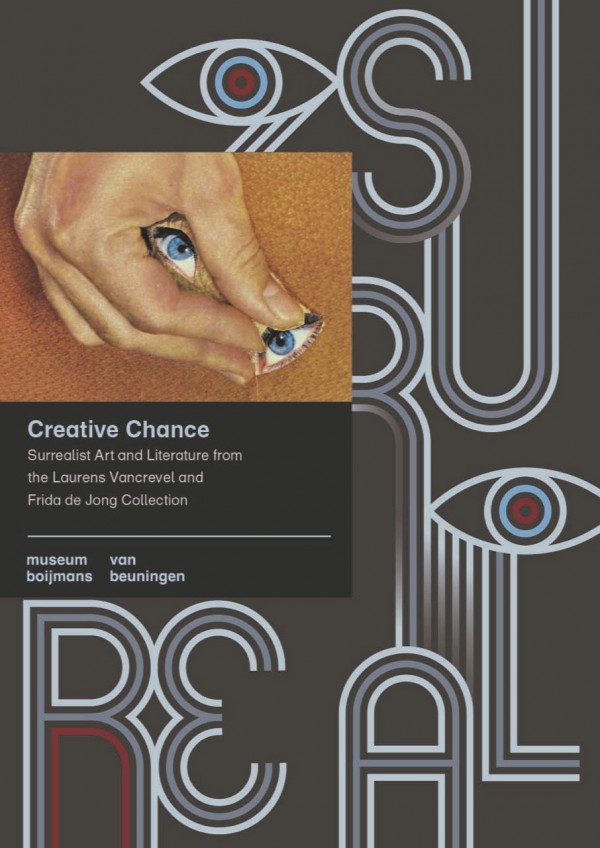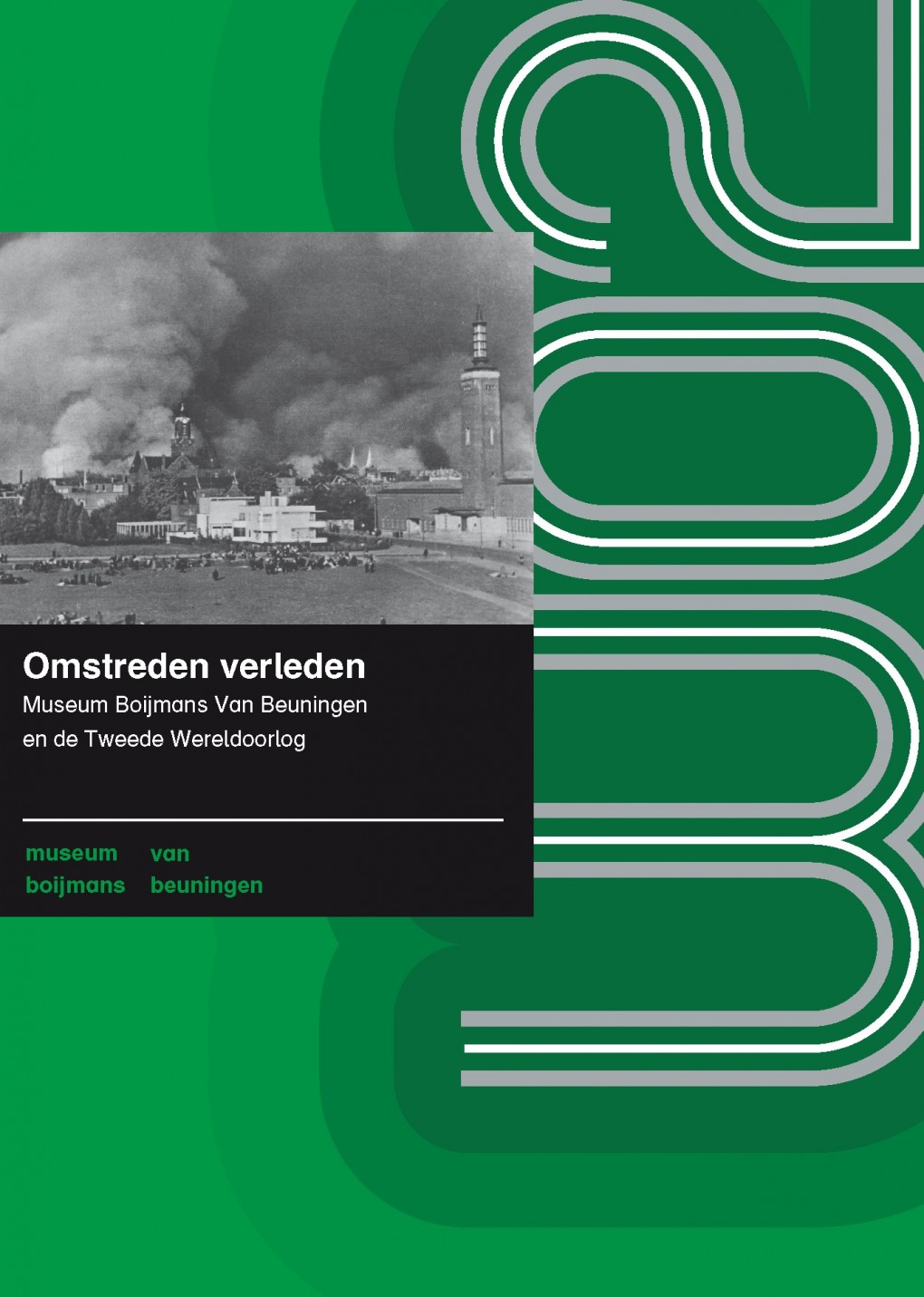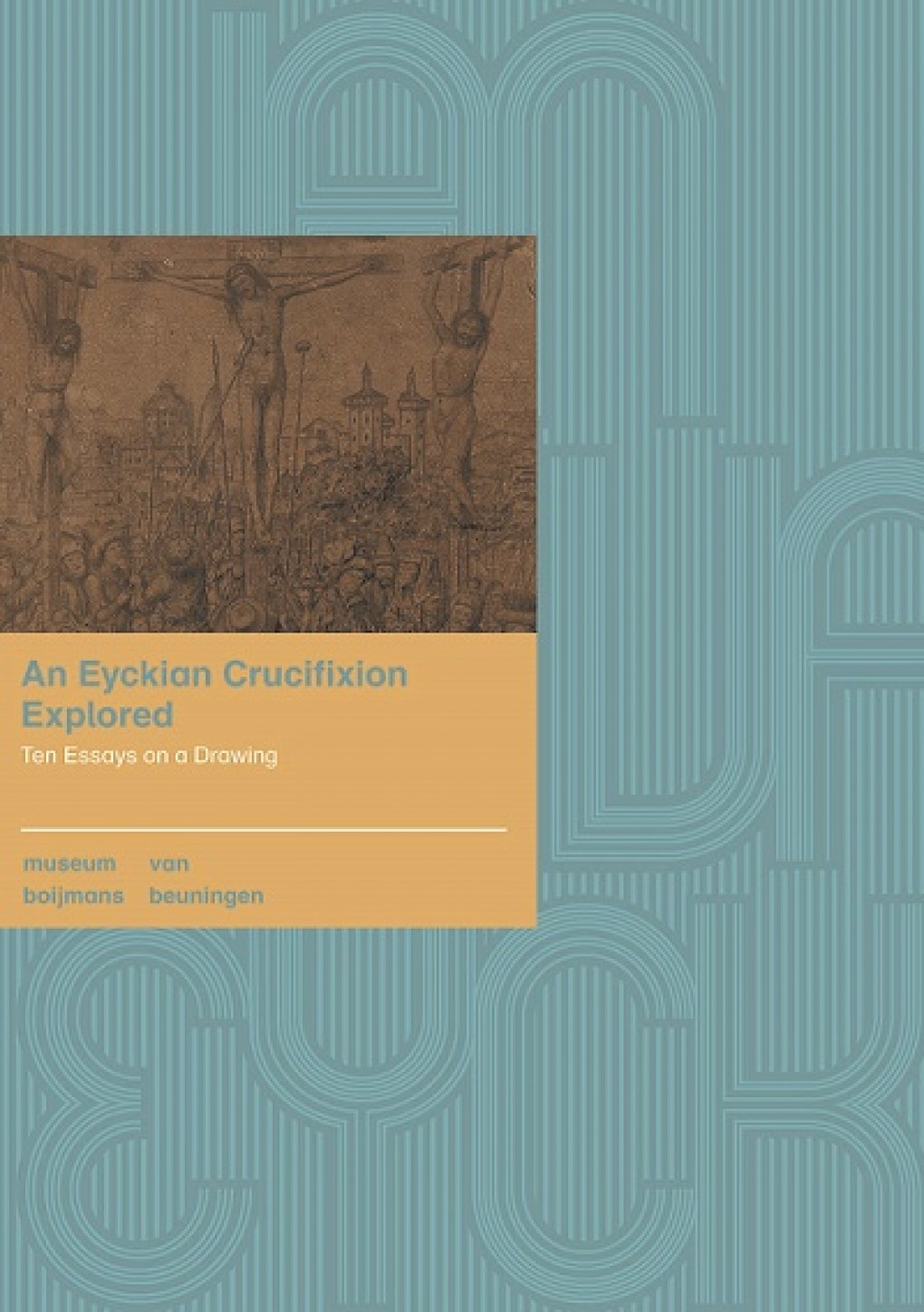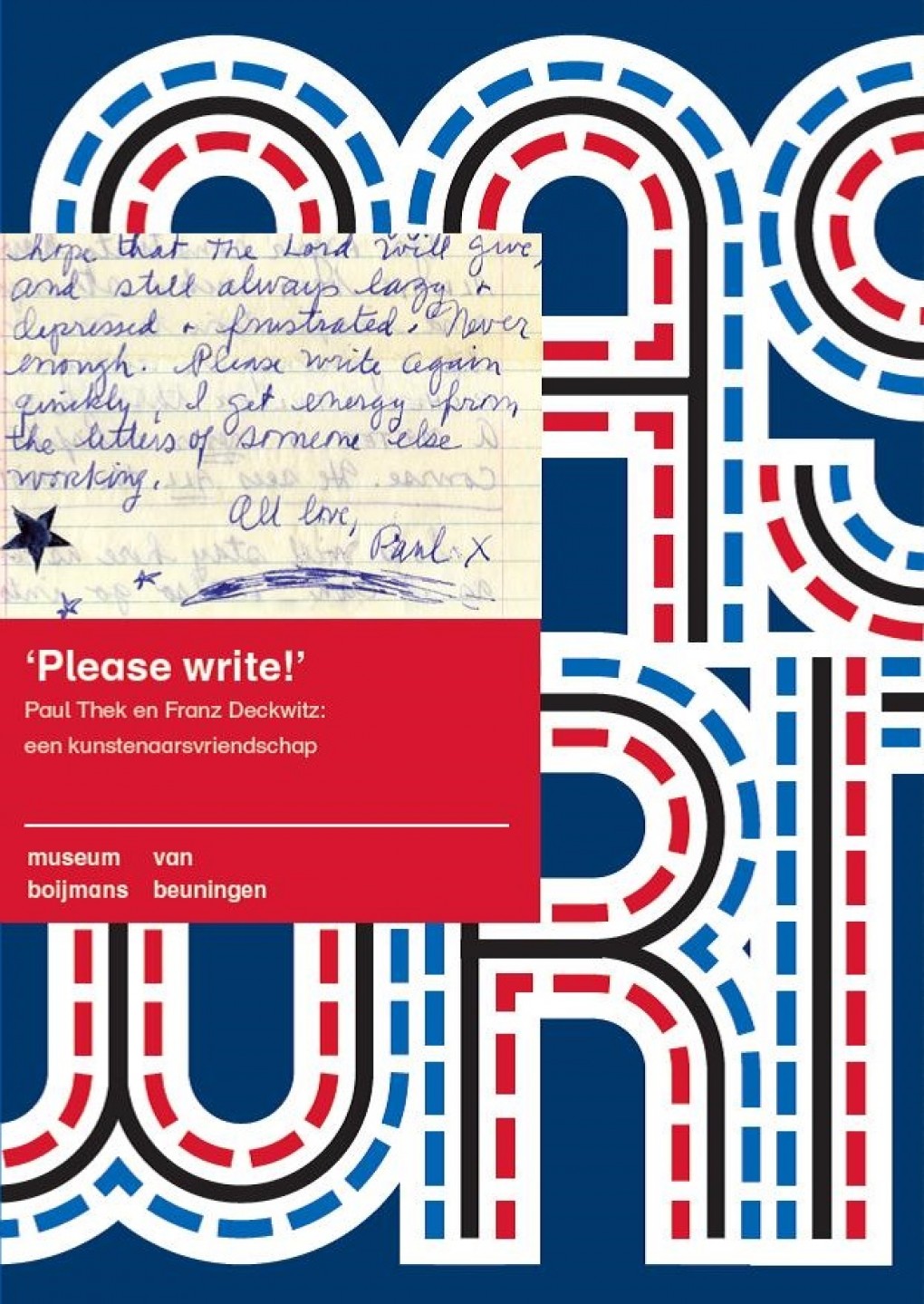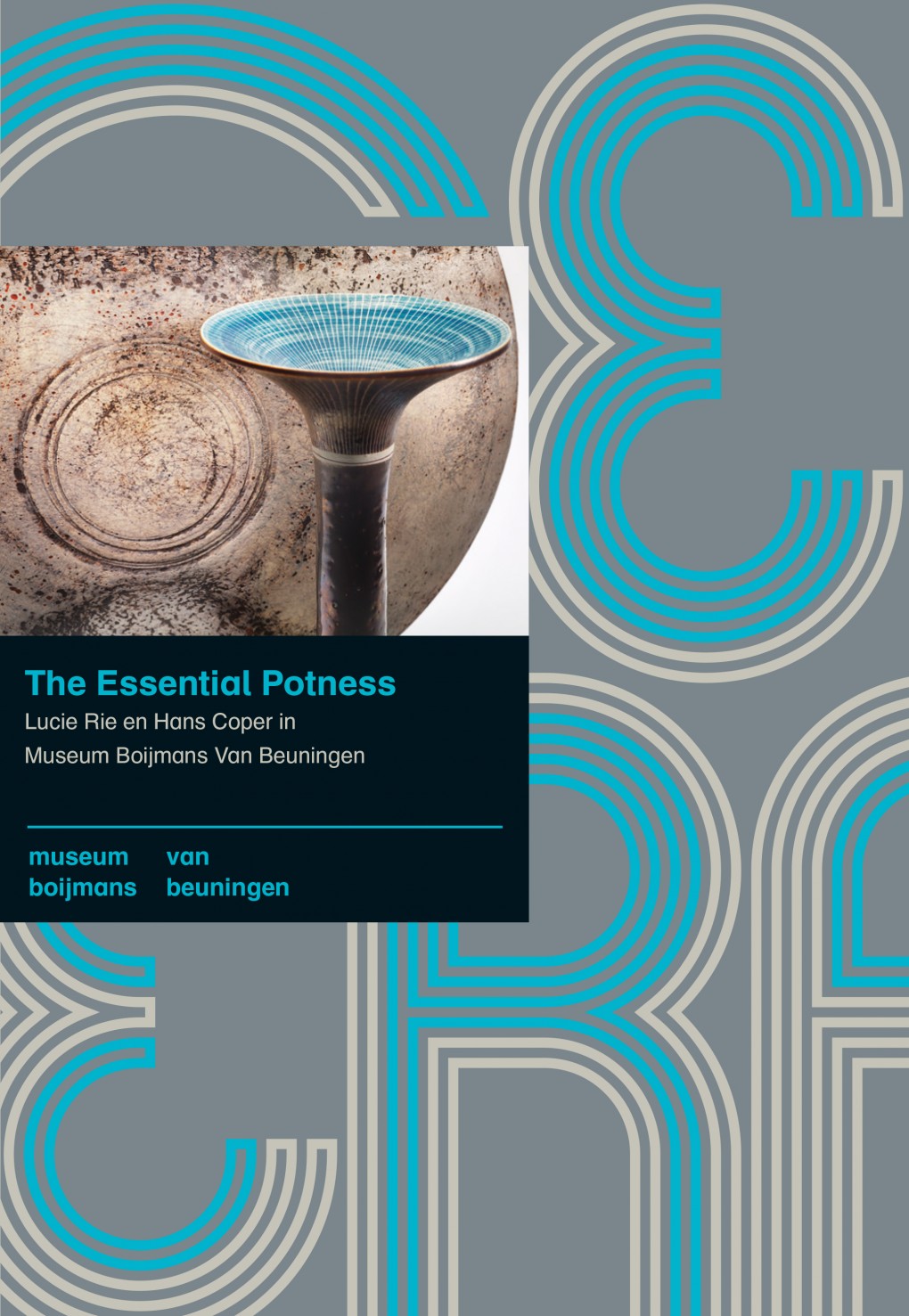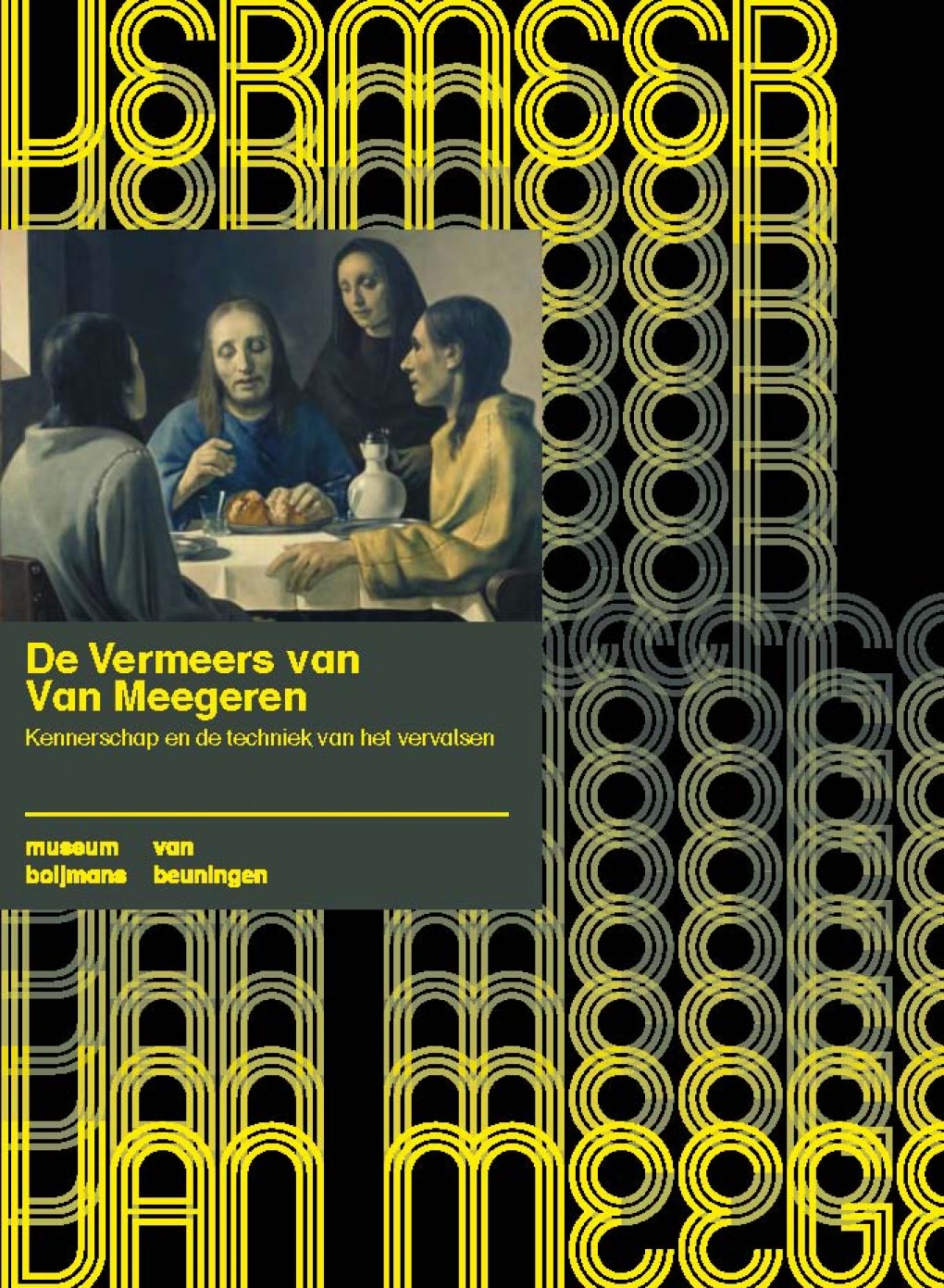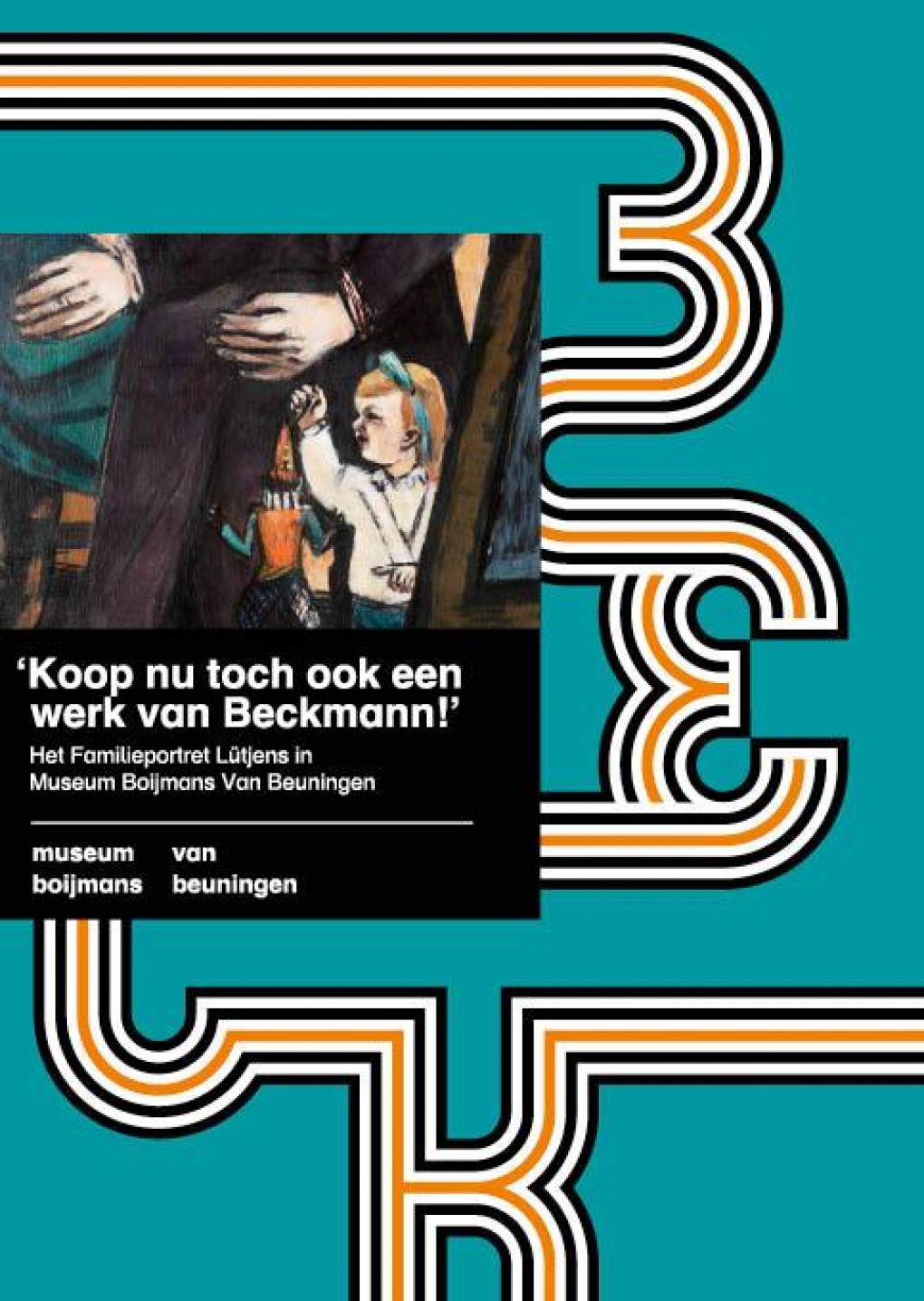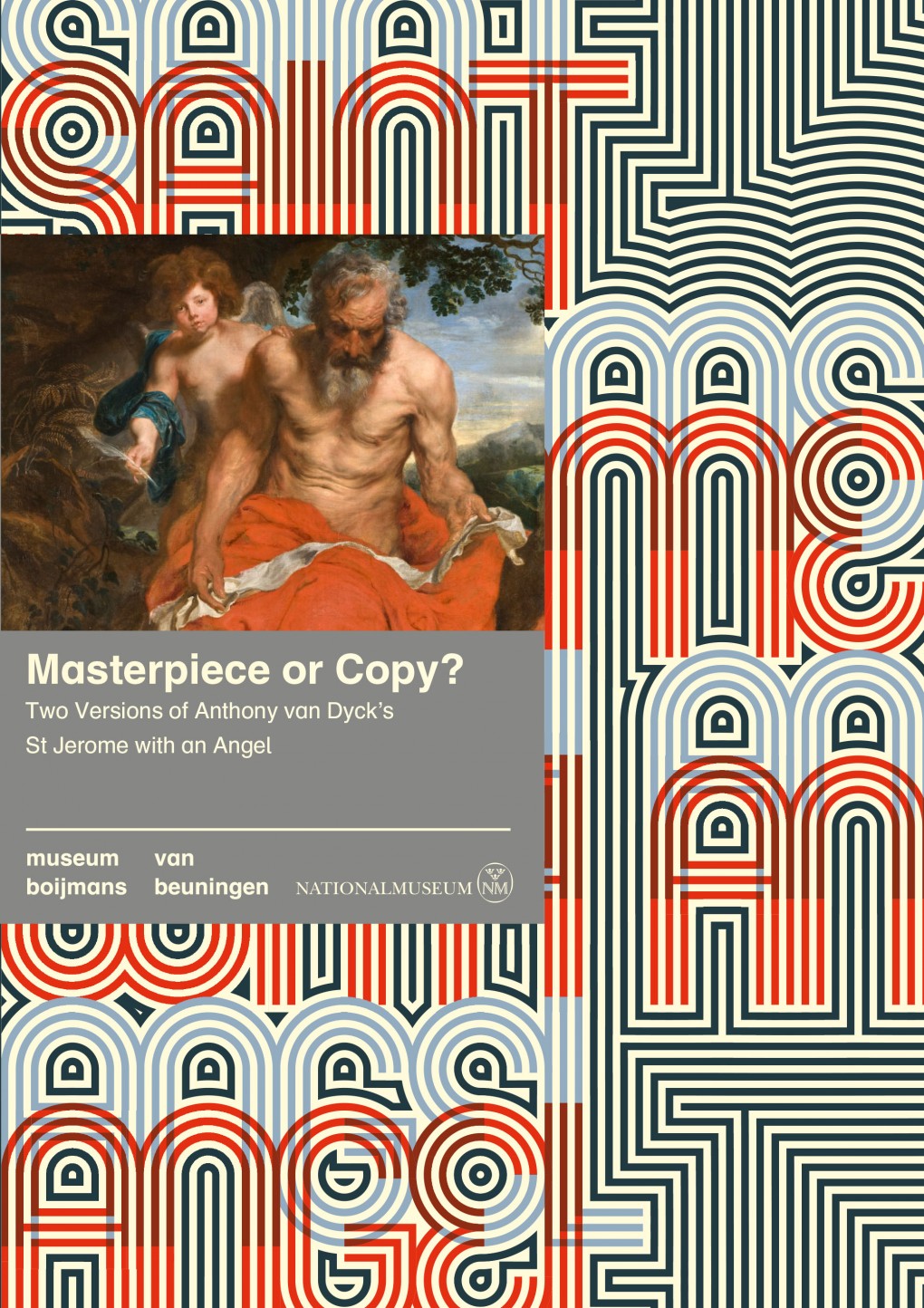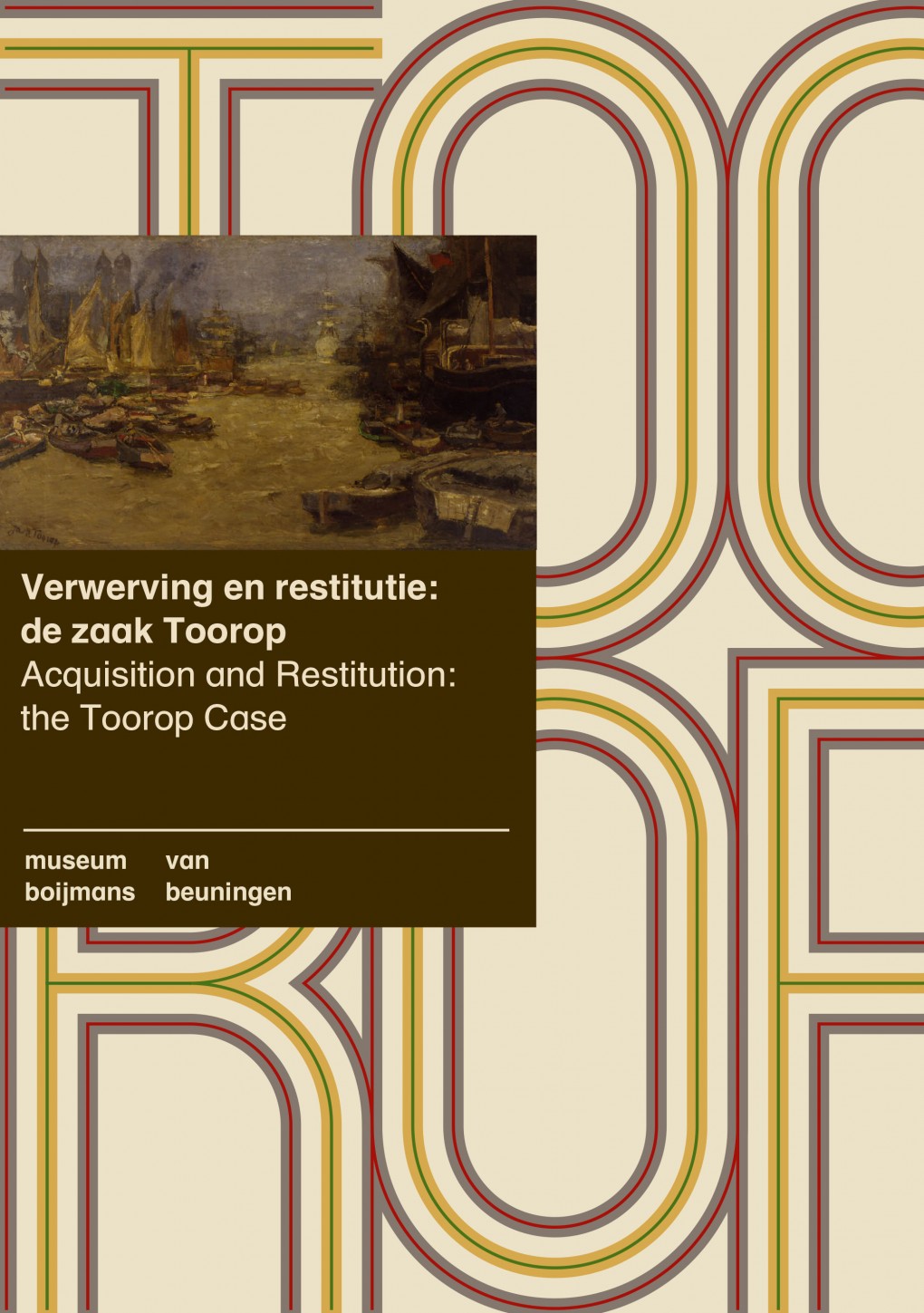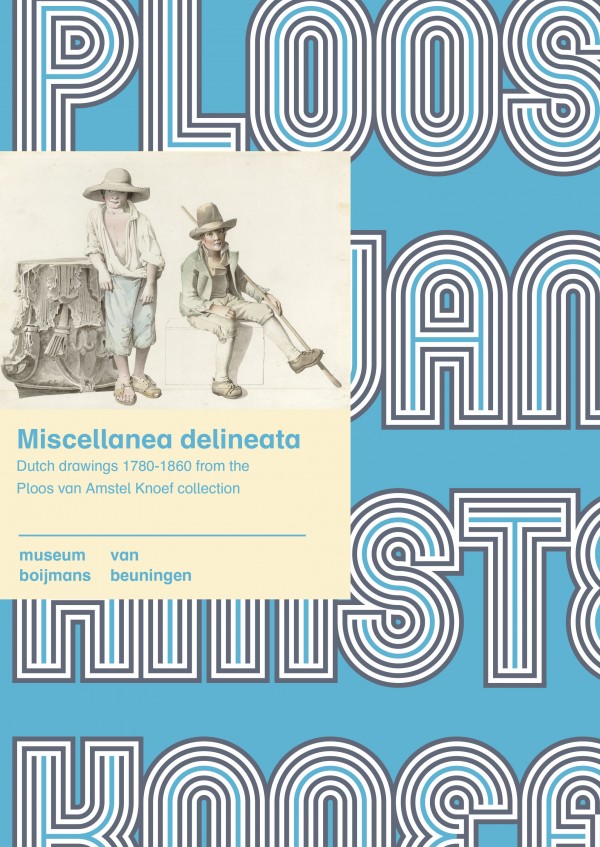The members of the edutorial board are:
- dr. Peter van der Coelen, curator of prints and drawings
- drs. Els Hoek, educational curator
- drs. Saskia van Kampen-Prein, curator of modern and contemporary art
- dr. Sandra Kisters, head of collections and research
- MA Esmee Postma, publishing assistant
- drs. Sabine Terra, publisher
The researchers:
Art-historical research is carried out within the museum by the curators Peter van der Coelen, Alexandra van Dongen, Saskia van Kampen-Prein, Annemartine van Kesteren, Rosie Razzall, Francesco Stocchi, Ruben Suykerbuyk and Sue-an van der Zijp. External experts also contribute to the Boijmans Studies as researchers and authors.



